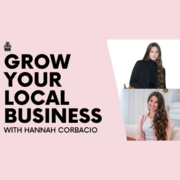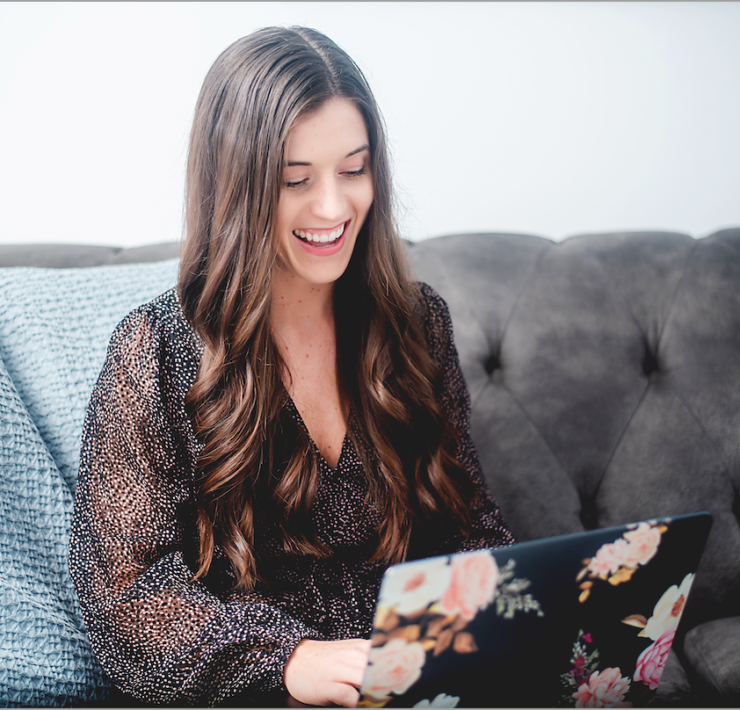What is email sequencing?
To put it in a few words, it’s a moneymaker.
It’s the milkshake that will bring all the revenue to your yard.
But what does it look like?
An email sequence is basically a series of automatically sent emails to specific sets of people on your mailing list.
When you set up an email sequence, you can either choose for it to be trigger-based or time-based.
When a sequence is trigger-based, the emails in the sequence are set to notice triggers and send the emails based on certain actions.
Some examples of triggers that emails can be sequenced include browsing behaviour, purchasing a product, booking appointments, and downloading content.
When a sequence is time-based, it is usually set at time intervals.
Many entrepreneurs who use email sequences send their emails at three points; right after opt-in, 30 days after purchase, and on the anniversary of subscribing.
This was the method I used to follow until I figured that I lost so many potential customers in the space between right after opt-in and thirty days after purchase.
To plug that gap, I decided to customize things a bit by adding a few extra steps between the email sent after the right opt-in and the ones sent after the first purchase.
I’ll share the extra steps right now.
Email #1 Lead Magnet
First off, I made sure the first email had a lead magnet.
If you didn’t know, a lead magnet is a freebie that you give to potential customers in return for their contact information.
Email #2 Change Their Minds
The chances that the person you’re speaking to would already be on board with buying your product or service is very low.
Now, to change this person’s mind, it’s important to identify a belief that may be stopping them from working with you.
For example, if you live in a region where people aren’t so crazy about buying online, you may have to convince them that buying online is preferable to buying offline.
Email #3 Tell A Story
The third email comes after three days, and this time you’re telling a story.
It’s probably the one thing that people buy the most. Not the goods, not the services, not any of that— the story.
The most important thing about your story is that it must be authentic.
Like it or not, people can smell a fake story from a billion miles away.
Your story should also cover your goals as a business, your journey so far, and how you think they can become a part of this journey.
Email #4 Pain Point
Now that you’ve spoken about you, it’s time to speak about them.
If you know what problem your business solves, it’s time to tell the potential customer about it.
Tell them how it solves the problems or precisely how it addresses their pain points. This way, they would understand how your relationship with them could be of some benefit to them.
If you successfully address their pain point, you’re halfway already to a sale.
Email #5 Answer Questions
If your previous four emails were successful, they would have questions for you.
Now, many of them wouldn’t want to send you an email directly.
Instead, they’d wait to see what they can find out.
For them, that’s a sensible strategy.
For you, it’s not.
You have to shape the narrative, and that includes answering whatever questions they have quickly. If you don’t answer them, another business will, and that business will definitely not have your best interest at heart.
Is there something obscure about your business model? Your location? Your products?
Outline them out in clear language, and make sure you offer sensible and clear answers. They don’t want answers that would lead to further questions.
Email #6 Extend Your Offer
And now, it’s time for the kill.
This message usually comes three days after the FAQs message and is primed with the offer you have for this client.
Many entrepreneurs are often scared of this phase because they wonder whether extending an offer would scare a potential customer off.
The answer I always give is this; if it would scare them off, they aren’t your clients. That’s just how it is.
Email #7 The Follow-Up
Many entrepreneurs I’ve spoken to complain often that their ideal clients often don’t pay attention to their pitches.
When they tell me things like that, I usually ask just one question; did you follow up?
More often than not, the answer is no. They made a great offer, got no response, and decided not to follow up.
A million things could have stopped them from replying at the time or following up on the offer.
The follow-up email at least serves to remind them that they still have to get back to you.
That’s a lot of steps! To make it easy for you, I put together a quick document breaking down the entire flow. Make sure to head on over to the link inside the video description to download this guide for free.







